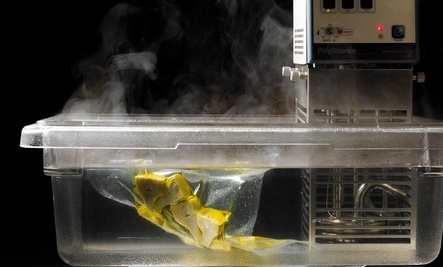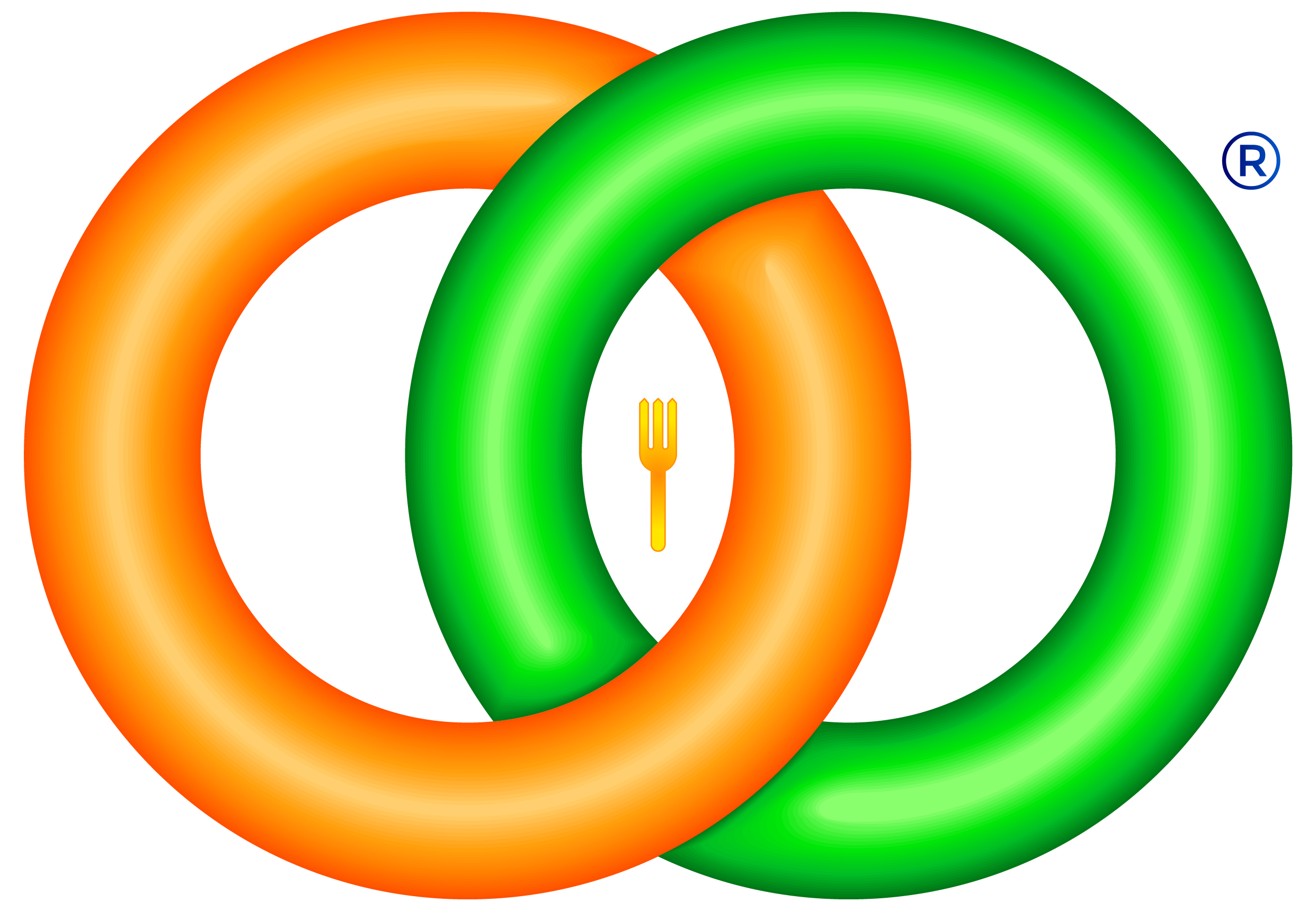
What is Sous-vide Cooking-advantageous,dis-advantageous and Safety Issues?
Sous-Vide is a method of cooking food sealed in airtight plastic bags in a water bath for a long time—72 hours is not unusual—at an accurately determined temperature much lower than normally used for cooking, typically around 60 °C or 140 °F. The intention is to cook the item evenly, not overcook the outside while still keeping the inside at the same ‘doneness’ and to keep the food juicier.
One limitation- DISADVANTAGE of sous-vide – cooking is the fact that browning (Maillard reactions) happens at much higher temperatures (above the boiling point of water). The flavors and “crust” texture developed by browning are generally seen as very desirable in the cooking of certain types of meat, such as a steak. The flavors and texture produced by browning cannot be obtained with only the sous-vide technique. In some cases, meats and other foods cooked with the sous-vide technique will be browned either before or after being placed in the water bath, using techniques such as grilling or searing on an extremely hot pan. This secondary browning is done briefly, and sometimes at higher heat than normally used, so as to affect only the surface of the food and to avoid overcooking the interior.
The method, first described by Sir Benjamin Thompson (Count Rumford) in 1799, was re-discovered by American and French engineers in the mid-1960s as an industrial food preservation method.The method was adopted by Georges Pralus in 1974 for the Restaurant Troisgros (of Pierre and Michel Troisgros) in Roanne, France. He discovered that when foie-gras was cooked in this manner it kept its original appearance, did not lose excess amounts of fat and had better texture.
Times vary considerably. A thin cut of fish may cook in a few minutes. Some otherwise tough cuts of meat, for example beef brisket and short ribs, benefit greatly from very long (48 to 72 hours) sous vide cooking at medium-rare temperatures of around55 °C (131 °F), but the enzymes in chicken, and particularly fish, turn the food into mush after much shorter times. Cooking time is often not at all critical, within limits, as the temperature is not high enough to change the nature of the food rapidly.For example fish, which becomes dry very quickly if cooked conventionally for a little longer than necessary, will remain in perfect condition for a significant time before degrading.
The time and temperature to pasteurise food may be longer than required to make it palatable, although cooking for the longer time will not impair the food. Pasteurisation is not always essential for safety if fresh uncontaminated food is cooked and eaten immediately; fresh raw foods such as sushi and steak tartare are widely eaten without ill effects.
TEMPERATURE FOR SOUSVIDE COOKING
SAFETY CONCERNS ABOUT SOUS-VIDE COOKING: Food safety is a function of both time and temperature; a temperature usually considered insufficient to render food safe may be perfectly safe if maintained for long enough.Clostridium botulinum bacteria can grow in food in the absence of oxygen and produce the deadly botulinum toxin, so sous-vide cooking must be performed under carefully controlled conditions to avoid botulism poisoning. Generally speaking, food that is heated and served within four hours is considered safe, but meat that is cooked for longer to tenderize must reach a temperature of at least 131 °F (55 °C) within four hours and then be kept there, in order to pasteurize the meat. Pasteurization kills the botulism bacteria, but the possibility of hardy botulism spores surviving and reactivating once cool remains a concern as with many preserved foods, however processed. For that reason, Baldwin’s treatise specifies precise chilling requirements for “cook-chill”, so that the botulism spores do not have the opportunity to grow or propagate.
